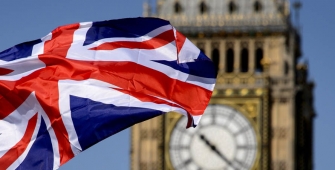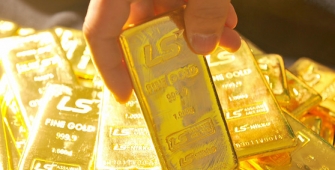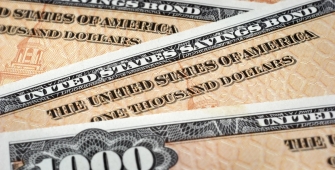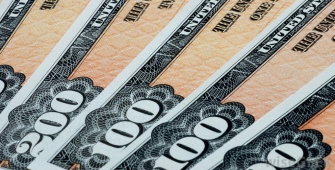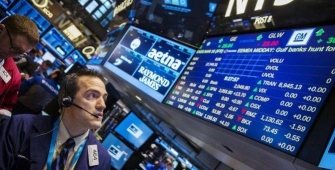InstaForex Gertrude
Active member
China Manufacturing PMI Holds Steady In January - Caixin

The manufacturing sector in China continued to expand in January, and at a steady pace, the latest survey from Caixin showed on Thursday with a Manufacturing PMI score of 51.5.
That was in line with expectations and unchanged from the December reading.
It also remained above the boom-or-bust line of 50 that separates expansion from contraction.
Individually, growth was supported by further, albeit slightly softer, increases in total new work and new export sales.
Higher production requirements led firms to increase their buying activity, while employment fell at the weakest pace in nearly three years.
News are provided byInstaForex.

The manufacturing sector in China continued to expand in January, and at a steady pace, the latest survey from Caixin showed on Thursday with a Manufacturing PMI score of 51.5.
That was in line with expectations and unchanged from the December reading.
It also remained above the boom-or-bust line of 50 that separates expansion from contraction.
Individually, growth was supported by further, albeit slightly softer, increases in total new work and new export sales.
Higher production requirements led firms to increase their buying activity, while employment fell at the weakest pace in nearly three years.
News are provided byInstaForex.

